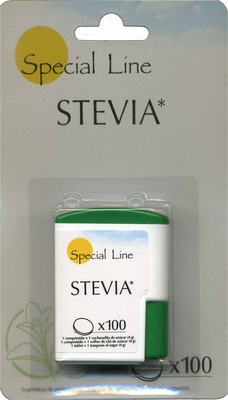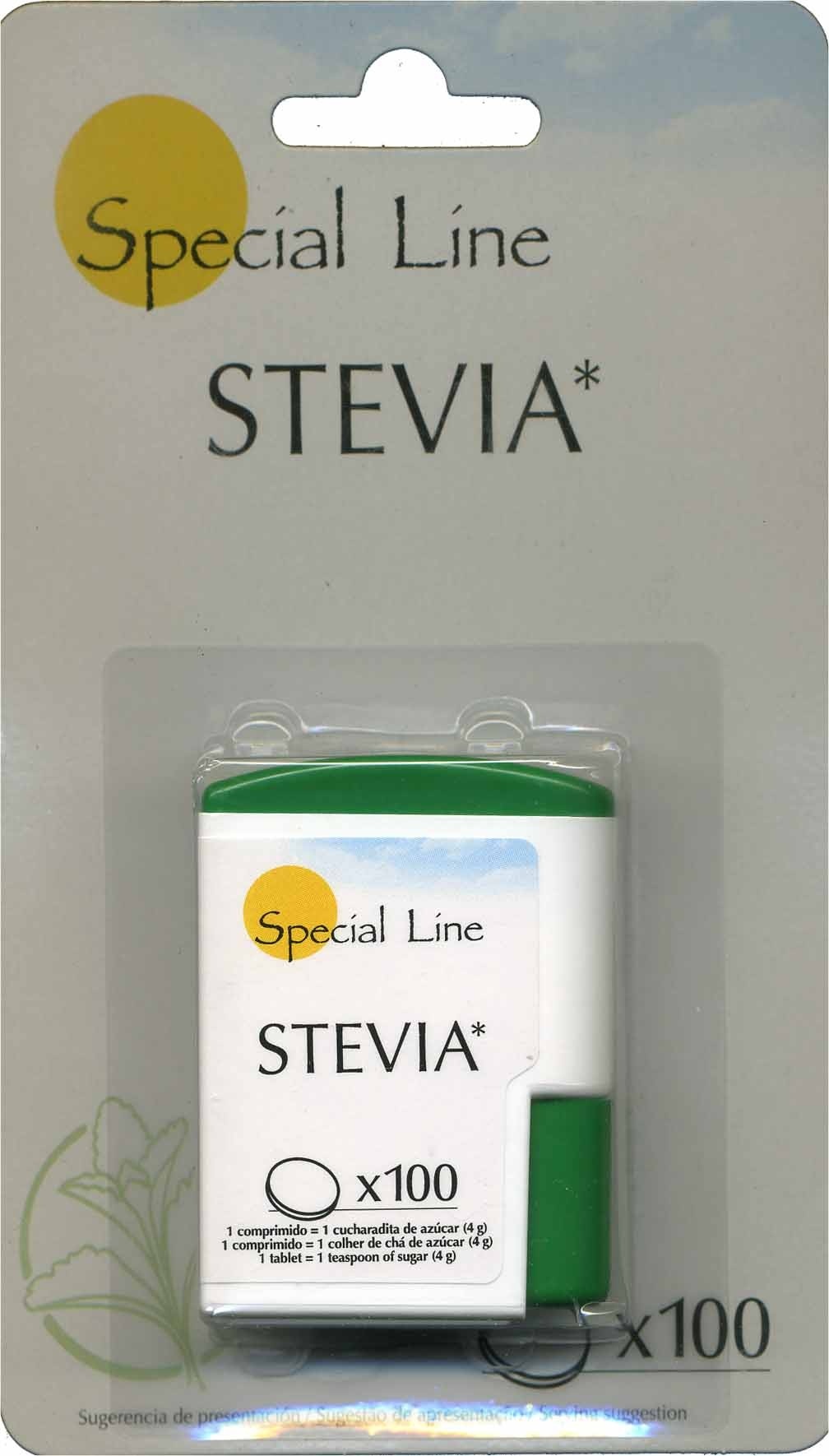Stevia edulcorante dosificador comprimidos - Special Line - 6 g (100 x 0,06 g)
Aquesta pàgina del producte no està completa. Podeu ajudar a completar-la editant-la i afegint-hi més dades a partir de les fotos ja disponibles, o fent-ne més amb l'aplicació de androide o iPhone / iPad. Gràcies!
×
Codi de barres: 8433329030601 (EAN / EAN-13)
Nom comú: Edulcorante de mesa en comprimidos a base de glucósidos de esteviol proveniente de Stevia rebaudiana Bertoni
Quantitat: 6 g (100 x 0,06 g)
Empaquetament: en:Blister, es:Caja de plástico
Marques: Special Line
Categories: Aliments i begudes amb base vegetal, Aliments amb base vegetal, en:Stevia and their products
Etiquetes, certificacions, premis: Vegetarià, Vegà
Llocs de fabricació o processament: Bergisch Gladbach, Rheinisch-Bergischer Kreis, Renania del Norte-Westfalia, Alemania
Codi de traçabilitat: FABRICANTE:, KRÜGER GMBH & CO. KG, ENVASADOR:, NIF: N-0013670E, KR ÜGER FRAN EC S.A.S., PERTENECIENTE A:
Botigues: Hipercor, El Corte Inglés
Països on es va vendre: Espanya
Matching with your preferences
Entorn
Empaquetament
Transport
Report a problem
Fonts de dades
Producte afegit per javichu
Última modificació de la pàgina del producte per packbot.
La pàgina del producte, també editada per teolemon, thaialagata, yuka.UzRjcE1hc3pnZlVKa2RvL29BdUYyTjlYK0pDYlkxR2FldmRBSVE9PQ.






